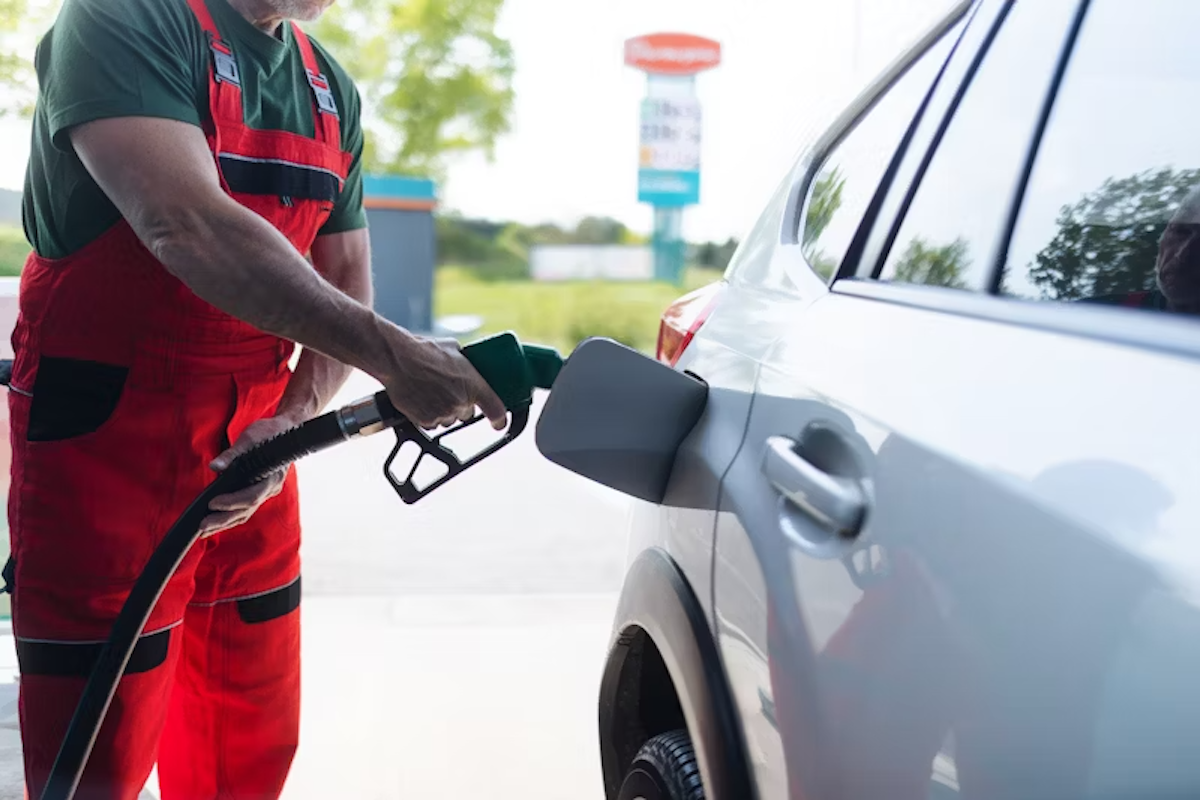14 min read
Average Gas Station Revenue: 27 Tips for Boosting Yours
Gas stations are a central part of many consumers’ daily lives. As a gas station manager or owner, you have an opportunity to meet their needs and...
6 min read

Before you can open a gas station, you’ll need the right licenses and permits. Each state has different requirements, so research local laws early. Common requirements include:
Fuel regulations also vary at state and federal levels. Stay compliant from the start to avoid fines and legal issues down the road.
Opening a gas station requires a significant upfront investment. Costs vary based on location, size, and whether you’re building from scratch or buying an existing station. Here’s a breakdown of the major costs:
To cover initial investment and future expenses, funding options include:
Key Takeaway: Planning your finances early will help you secure funding and manage costs effectively.
Once you have funding and permits, think about setting up the right infrastructure. Start with the essentials:
Environmental safety is also critical. Fuel storage, spill prevention, and waste disposal must meet strict regulations. Careful planning now will help you stay compliant and avoid expensive problems later.
A convenience store does more than offer extras—it drives profits. Many customers pick up snacks, drinks, or essentials while stopping for fuel. These small purchases add up fast. Stocking popular items like beverages, tobacco, and automotive supplies keeps sales steady throughout the day.
Foodservice can significantly boost profits. Fresh coffee, hot sandwiches, and quick meals give people reasons to stop, even if they don’t need gas. A strong food selection also makes your station stand out from the rest.
In addition to the store, offering extra services can bring in more revenue. Car washes, ATMs, and EV charging stations make your business more useful. The easier you make life for customers, the more likely they are to return.
Hiring the right people ensures smooth operations and good customer service. Cashiers, fuel attendants, store managers, and maintenance staff all play a role in keeping things running efficiently.
But the hiring process is just the tip of the iceberg. Employees need hands-on training to handle transactions, manage inventory, and help customers efficiently. They should also learn how to spot theft and respond to emergencies. Setting clear expectations reduces errors and keeps your business in line with safety regulations.
Scheduling is just as important. A well-structured shift plan keeps operations steady and prevents burnout. When employees have clear expectations and good leadership, they work better and provide better service.
A solid marketing strategy helps attract new customers and keep them coming back. Loyalty programs are a great way to build repeat business. Discounts or perks for frequent buyers make your station the go-to choice.
Social media and local ads also help. Promotions, updates, and direct engagement with customers put your business on their radar. Staying visible keeps your station top of mind.
Partnering with rideshare and delivery drivers can bring in steady traffic. Offering exclusive deals gives them a reason to choose your station over others. Small incentives can lead to loyal, long-term customers.
The cost to open a gas station can range from $250,000 to over $2 million. It comes down to location and setup fees. Rural stations tend to be cheaper, while urban locations come with higher land and construction costs.
Beyond startup expenses, there are ongoing costs to consider. Fuel contracts, maintenance, and employee wages all impact long-term profitability. Budget carefully to increase your return on investment.
Maximizing profitability requires smart management and constant adjustment. Learn how to get the most from your station below.
Fuel pricing has a big effect on profitability. Gas stations rely on wholesale contracts and supplier negotiations to secure competitive rates. As such, buying fuel at the right price helps maintain healthy margins.
Prices at the pump also shift based on market conditions. Adjusting rates strategically ensures you stay competitive while maximizing revenue.
Selling fuel brings customers in, but in-store sales drive higher profits. Snacks, drinks, and essentials often have bigger markups than gas, so encouraging impulse purchases at checkout boosts revenue.
Items like lottery tickets, tobacco, and premium beverages have good margins. Place them in high-traffic areas to turn quick stops into bigger purchases.
Modern POS systems make transactions faster and improve accuracy. Customers expect seamless payment options, including contactless and mobile wallets. This keeps lines moving at a quick pace and improves satisfaction.
Loyalty programs also build repeat business. Offering rewards, discounts, or fuel points encourages customers to return, which helps increase long-term sales.
Thinking about running a gas station? If so, you probably have a few questions. Here are answers to the most common ones to help you get started.
The costs for starting a gas station range from $250,000 to over $2 million, depending on location, size, and whether you're building from scratch or buying an existing station. Land, construction, fuel contracts, and permits all factor into the final price.
The main steps to starting a small gas station are:
Gas stations buy fuel at wholesale rates, but costs vary by location, supplier, and market conditions. Crude oil prices, transportation fees, and state taxes all impact the final price.
Yes, gas stations can be a good investment. However, profitability depends on things like location, fuel pricing, and operational efficiency. Stations that offer more than just fuel, such as convenience stores, car washes, or foodservice, tend to make more money.
Owning a gas station can be profitable, but it takes careful planning, smart management, and the right location. Success comes from optimizing fuel pricing, boosting in-store sales, and offering additional services. If you’re looking to improve your loyalty program or maximize online ordering, explore Paytronix’s solutions for convenience stores and gas stations by booking a demo today.